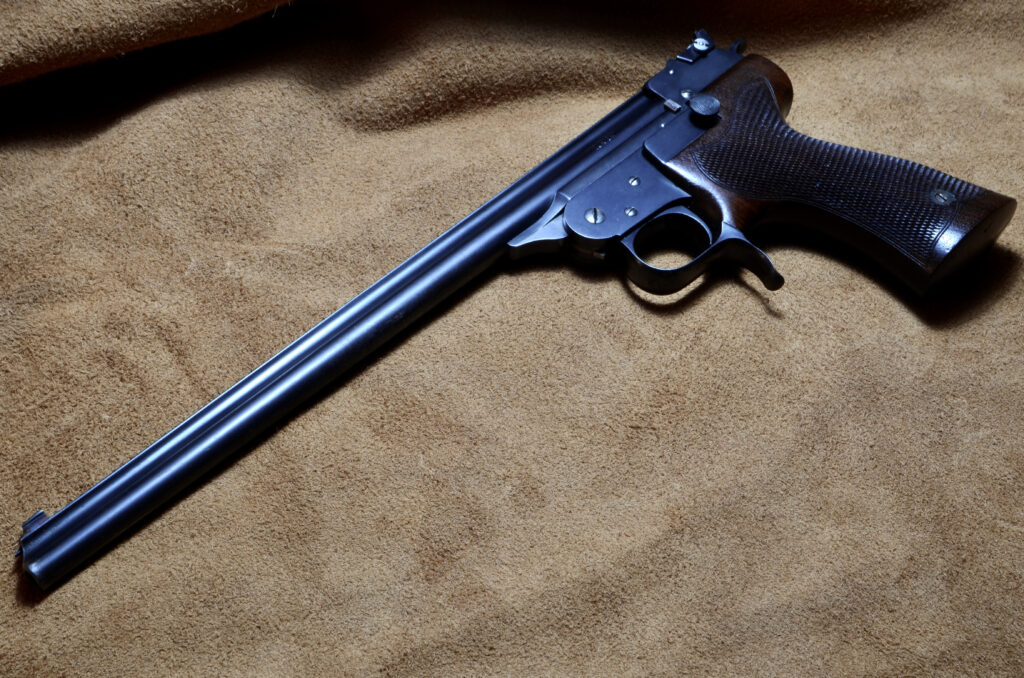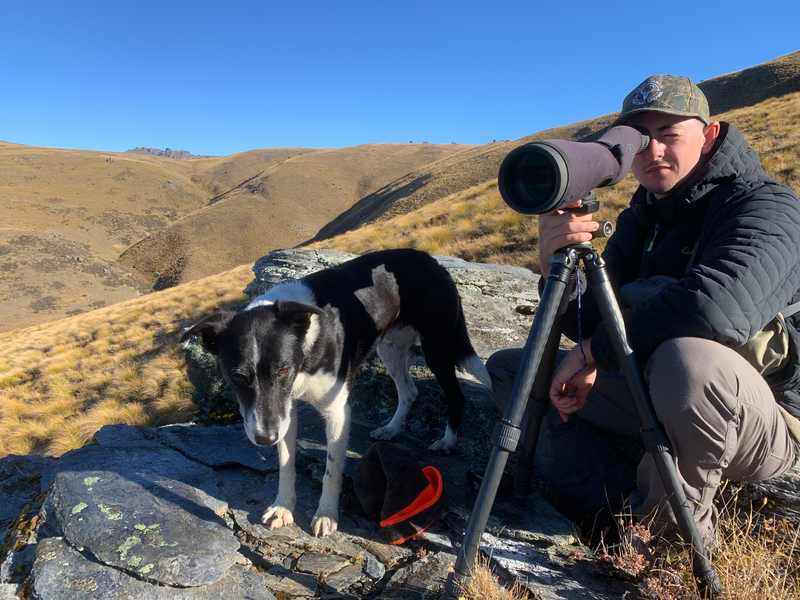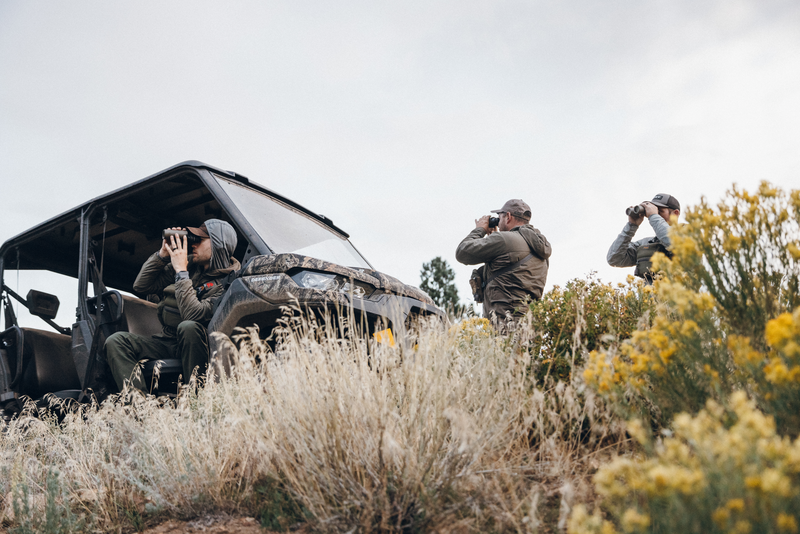An Extremely Talented Gunmaker But Supremely Unlucky
Originally published in Safari Times.
By Terry Wieland
If you’re like me, you see the name “Fred Adolph” and something twigs, something ever so faint, in the farthest recesses of your memory. Adolph? Fred Adolph?
Well, a century ago, the name Fred Adolph was, in guns and gunmaking circles, mentioned along with Townsend Whelen, Griffin & Howe and, farthest from least, Theodore Roosevelt. In fact, for quite a while, a spectacular gun Adolph made for Roosevelt was on display in the window of Abercrombie & Fitch in New York. Fred Adolph was a gunmaking celebrity.
Today, he is all but forgotten, even among those of us who remember names like August Pachmayr and Alvin Linden. The story of why is sad and even a little tragic. Adolph was an extremely fine gunmaker, in the right place but at the wrong time, and he was supremely unlucky.
Fred Adolph was born in Germany, qualified as a gunmaker, emigrated to the U.S. in 1908, and set up in business in upstate New York. He was ambitious as well as good and issued catalogues listing everything from .22 target pistols to .600 Nitro Express doubles, and including single-barrel trap guns, drillings, shotguns and rifles. When Ludwig Wundhammer was creating the first Springfield 1903 sporter for Stewart Edward White, Adolph was doing the same for Townsend Whelen.
I have never seen one of his beautifully crafted hunting rifles, with their Germanic stock carving, but I’ve seen photos, and they would make your mouth water.
By 1914, Adolph was well-known, with clients like Roosevelt and Henry Ford, taking deposits for rifles and shotguns and ordering components from Europe — most notably Mauser in Germany.
When war broke out and the Royal Navy imposed a blockade, shipments to the U.S. ceased. Adolph could not get rifles, nor could he get his money back. His business was crippled. By the early 1920s, magazines like Outdoor Life were refusing to take his ads and warning readers not to send him money. In 1926, his house was repossessed; after 1936 he disappeared from the gun business completely and died in Los Angeles in 1957.
The most complete story I can find is in Michael Petrov’s two books on early American custom riflemakers, and even these are piecemeal.
A few months ago, I was scrolling through the Rock Island auction catalogue and came across a .22 target pistol identified as an “Adolph-Weber.” It was a long-barreled single-shot, intended for Olympic competition; Rock Island quoted Walter Roper, a highly respected writer on handguns in the early part of the 20th century, describing the Adolph-Weber as “so fine as to be little short of perfection.”
Rock Island itself described it as “among the finest single shot pistols ever manufactured.”
“Each was hand-made and built to a marksman’s specifications, and the few extant or documented examples are essentially each unique,” said the auctioneers.
The pistol was patented by Casimir Weber of Zurich, a large Swiss firm for which Adolph worked before coming to the United States. In 1907-08, Weber published a catalogue to rival Sears-Roebuck — 250 pages of rifles, shotguns, pistols, ammunition, everything. The pistol is called simply the “Weber,” (p. 151). It sold for 100 Swiss francs, compared to 95 for a Broomhandle Mauser and 105 for a Luger.
Fred Adolph imported semi-finished Webers and completed them to the specifications of individual customers. In 60 years of reading everything I can find, I don’t recall ever seeing so much as a mention of the Adolph-Weber pistol. It’s impossible to know how many were sold, but the number must be minuscule.
Rock Island estimated the gun would bring $2,000-$3,000. I got it near the low end of that, and it was a bargain. The pistol is stunning: The mechanism is rock solid, the trigger releases at a crisp 2.0 pounds, and the adjustable rear sight is a quality I wish we had today. As for accuracy, it compares favorably (in my less than stellar hands) with a Hammerli free pistol I used to own.
Switzerland has a reputation for uncompromising quality in handguns — think SIG, Hammerli, the Swiss Lugers — and this is no exception. Both Casimir Weber and Fred Adolph deserve to be better remembered than they are.
Incidentally, Cornell Publications can provide reproduction catalogues for both Fred Adolph (1914) and Casimir Weber (1907-08). See cornellpubs.com.
Terry Wieland is a writer specializing in fine firearms. His latest book is Great Hunting Rifles — Victorian to the Present. Wieland’s biography of Robert Ruark, A View From A Tall Hill, has been reprinted in paperback by Skyhorse.




